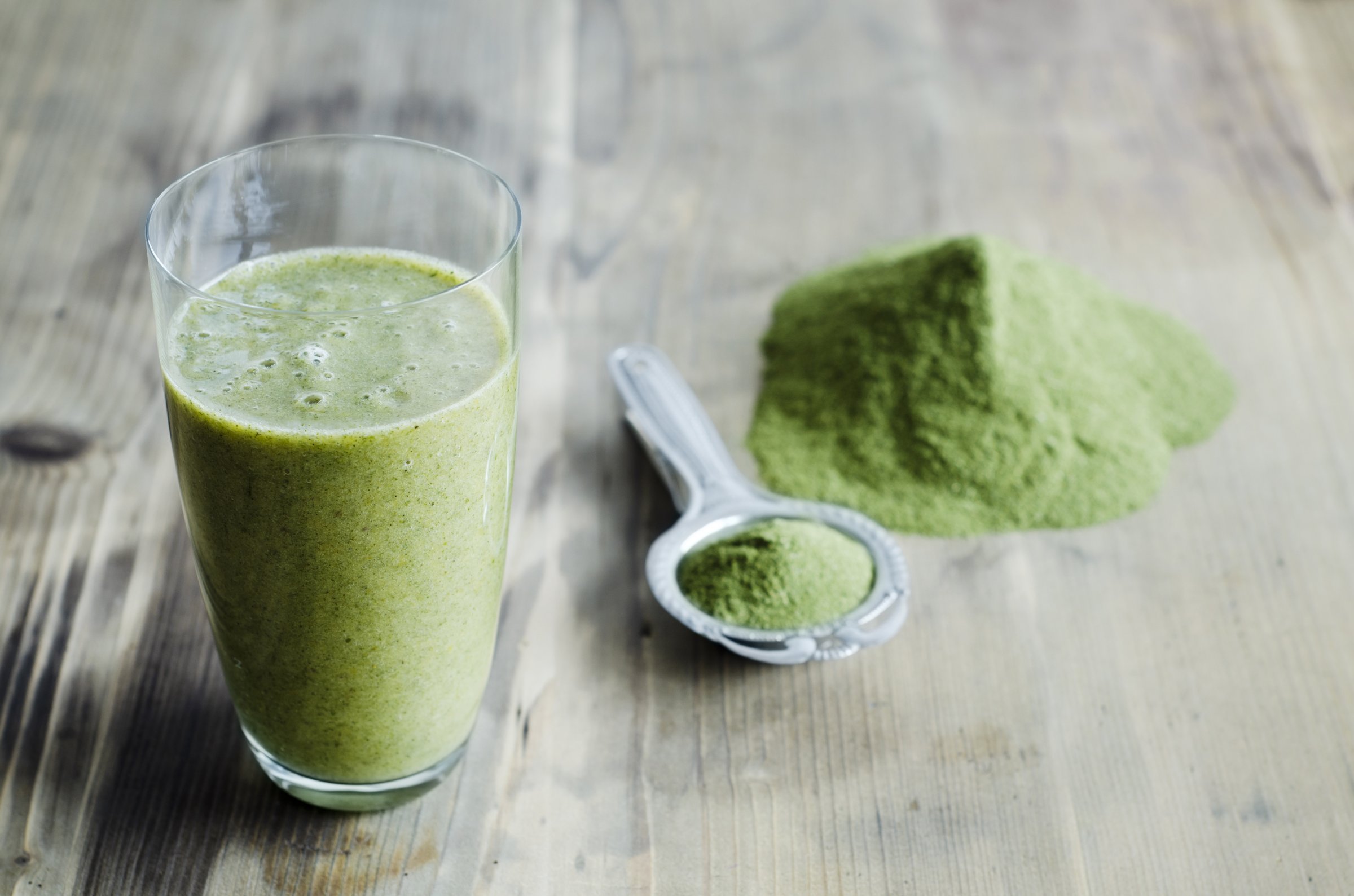
Correction appended May 5, 2015.
I’ve tried just about every nutrition bar known to man—Luna, Clif, Zing, chia-flavored, cricket-powered, you name it. But I tried one recently that topped them all. Imagine a wheatgrass smoothie with chocolate and dried cherries, or a Clif bar infused with matcha (Japanese green tea).
As totally unique as this bar tasted, the story of its origins was eerily familiar. The bar’s maker told me that she found the key ingredient—moringa—while she was “in West Africa in the Peace Corps.” This struck me with a wave of déjà vu because about two years earlier I’d had another unforgettable bar—this one was chocolate, and also from a discovery in Africa in the Peace Corps.
I started growing curious—were there more alums coming back from far-flung outposts with amazing food finds? It turns out there are several food and beverage ideas that came from “the toughest job you’ll ever love.” Here are three—and here is why these finds are almost certainly the beginning of a wave of Peace Corps-inspired foods.
Niger
The nutrition bar is the brainchild of Lisa Curtis, a 27-year-old from the Bay Area, who discovered the key ingredient of her bar in 2010 in the tiny Niger village Safo. After she started feeling chronically weak and tired, the telltale sign of malnourishment, a villager urged Curtis to try a peanut-based snack called kuli-kuli. She felt better almost instantly. It was Curtis’s first taste of moringa—a plant that many are touting as the next superfood.
While many see the potential of moringa to feed the hungry in the developing world, Curtis had another audience in mind. Post Peace Corps, Curtis teamed up with a raw food chef and a dietician to develop a moringa-based product that Americans would love. Her company, Kuli Kuli foods, sold 100,000 nutrition bars last year, and all of the moringa comes from 500 women farmers in northern Ghana. These farmers make as much as $300 a month, at least five times the average wage in Ghana.
Madagascar
The “Sea Salt & Nibs” bar that sent me into a state of chocolate fugue two years ago is the creation of two guys who didn’t know anything about chocolate-making before the Peace Corps. Stationed in Madagascar during the 90s, Brett Beach and Tim McCollum fell in love with the island country, and wanted to find some way of helping Madagascar, one of the world’s poorest countries.
Madagascar, it turns out, has near-perfect conditions for cocoa: an ideal climate, rich soil, and a genetically unique group of cocoa pods that chocolatiers regard as some of the world’s finest. Beach and McCollum came up with the idea of not only growing and harvesting cocoa in Madagascar, but also making chocolate bars there. (This is a maverick idea. Although Africa grows more than 70% of the world’s cocoa, the continent produces far less than 1% of its chocolate.) Madecasse bars are now sold in nearly 400 Whole Foods stores, and the company reached $4 million in sales last year. The founders say they’re fulfilling their original goal: Chocolate-making has led to “meaningful income” for more than 200 people in Madagascar.
Costa Rica
The biggest food-beverage business idea spawned from the Peace Corps comes from Mark Rampolla, a volunteer in Costa Rica in the early 90s. There, Rampolla found the coconut water that Costa Ricans hawk everywhere to be not only refreshing but also a great post-workout drink and the perfect hangover cure. In 2004, Rampolla left his corporate job, and started marketing coconut water to an audience he thought would share his love for the drink—New York City yoga-goers.
Rampolla’s timing for his ZICO coconut water was spot on. By 2009, the company reportedly had more than $40 million in sales, and in 2013, ZICO was acquired by Coca Cola. Rampolla told his college alumni magazine that the coconut boom has a social benefit: The success of ZICO, and other coconut water drinks has resulted in more the $200 million of investment in developing countries.
What’s Next?
I’ll wager that you will see many more Peace Corps-spawned foods in the coming years. It’s inevitable.
Here’s why:
Which brings me back to the Peace Corps. The Corps provides near-perfect conditions for the discovery of not just exotic foods, but exotic foods with a social purpose. It takes almost 7,000 adventurous, idealistic young people, sends them to more than 60 countries every year, embeds them in communities from Albania to Zimbabwe, introduces them to new foods and culinary traditions and connects them to people who could greatly benefit from fair trade.
If you think about it, if there’s anything that surprising here, it’s not that there are Peace Corps-inspired food companies, it’s that there aren’t more.
Correction: The original version of this article misstated the number of people who participate in the Peace Corps and the number of countries they go to every year. It is almost 7,000 people and more than 60 countries.
More Must-Reads From TIME
- The 100 Most Influential People of 2024
- Coco Gauff Is Playing for Herself Now
- Scenes From Pro-Palestinian Encampments Across U.S. Universities
- 6 Compliments That Land Every Time
- If You're Dating Right Now , You're Brave: Column
- The AI That Could Heal a Divided Internet
- Fallout Is a Brilliant Model for the Future of Video Game Adaptations
- Want Weekly Recs on What to Watch, Read, and More? Sign Up for Worth Your Time
Contact us at letters@time.com